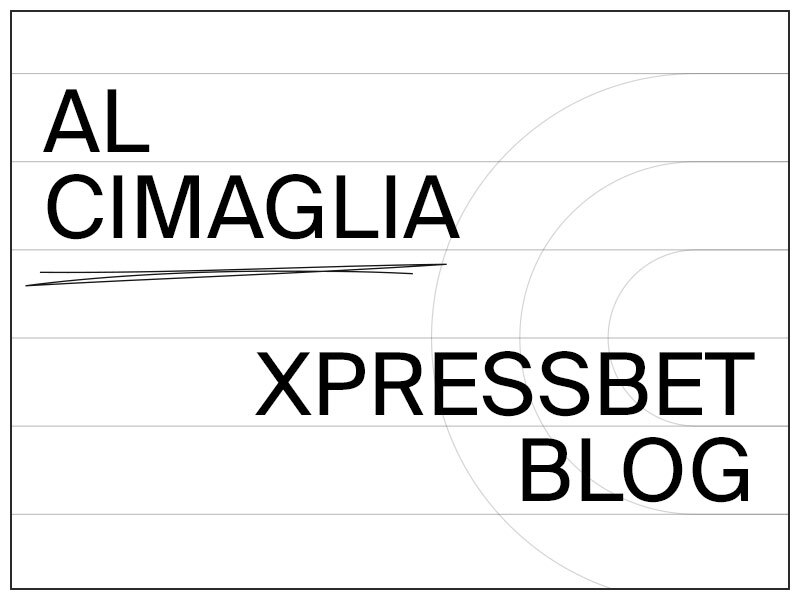by Al Cimaglia
May 3, 2018

Harness racing is showing signs of attracting new fans, but in many ways, old habits die hard. For quite a while it's been confusing why Hoosier Park's handle doesn't flourish. It looks like a nice place to race, the on-track personalities do a fine job, the purses are good, and they seem to have a decent supply of horses. Beyond those ingredients it's a 7/8 of a mile track and doesn't have the same short price stigma of smaller ovals.
It's not like Hoosier Park isn't trying. Last night in the tenth race with a field scratched down to nine, and a $20,000 guaranteed trifecta pool the total bet for that wager was $1,067 short of the guarantee. I bet Hoosier and the pools in some races are hit and miss, overall the arrow is pointed up, but it will take time to grow the handle despite all the effort. Anderson Indiana isn't around the corner from East Rutherford New Jersey, but maybe one day it won't seem so far away.
Yonkers Raceway has had a boost in handle from past years, but it's still a half-mile track. It is difficult to shake the short price syndrome even though the passing lane has been shut down. The overseas partnerships seem to be helping to drum up wagering interest to some degree. But at the end of the day, although Yonkers is in New York it doesn't get the same respect a major track should.
Things don't change overnight and although there is reason for optimism it is extremely difficult for race tracks to shake a perceived image. A recent Harness Racing Update article (HRU) by Brett Sturman did a very nice job of pointing out some interesting betting patterns. The article mentions how amateur races at the Meadowlands outhandled major stake races at Yonkers this season. A prudent mind would conclude that shouldn't happen, but in fact it did, and it wasn't close. The article also points out there is little correlation between purse size and betting handle. That's been the case in harness racing for many years and track operators have known the same.
In my view, until harness racing attracts some new blood the disparity between tracks that are perceived as major venues and others will be wide. This same notion was brought to my attention by a senior member of management at a harness track. His point was certain tracks, the Meadowlands being at the top of the list, followed by Chicago racing and even California to a lesser extent will stand above other venues.
It doesn't matter if the purses are higher and the caliber of racing at Yonkers is superior to the Big M, the handles won't be comparable. Hoosier Park is a newer facility than Hawthorne, the purses are higher, the driver's colony and quality of horse are likely in both cases superior as well. That said, Hawthorne will outhandle Hoosier on many nights.
Until there is an influx of new fans things stay as they were once thought to be, as old habits die hard. The fact that a race with a bunch of amateur drivers at the Big M can outhandle the Levy Final by over $35,000 tells me two things. First off, the pool of bettors is shallow enough to be influenced by preconceived notions of times gone by. Secondly, until younger bettors become a significant factor things will stay the same.
As usual, when talking about the troubling issues with harness racing the discussion hits a familiar conclusion. The same old thinking by a shrinking fan base doesn't help move the industry forward. Hoosier, Yonkers and others are doing their best, but it will take more time and a larger fan base before they are recognized as a first-stop for bettors.
Check me out on Twitter, @AlCimaglia.